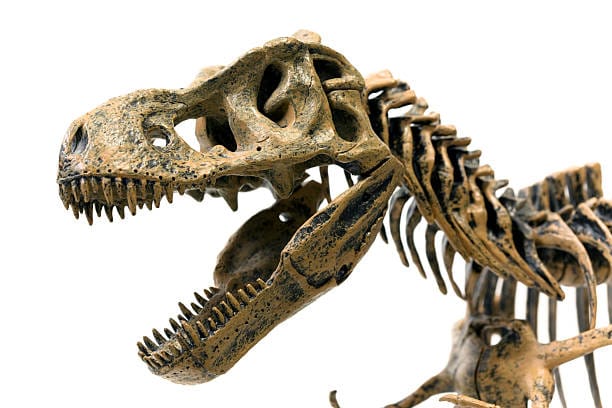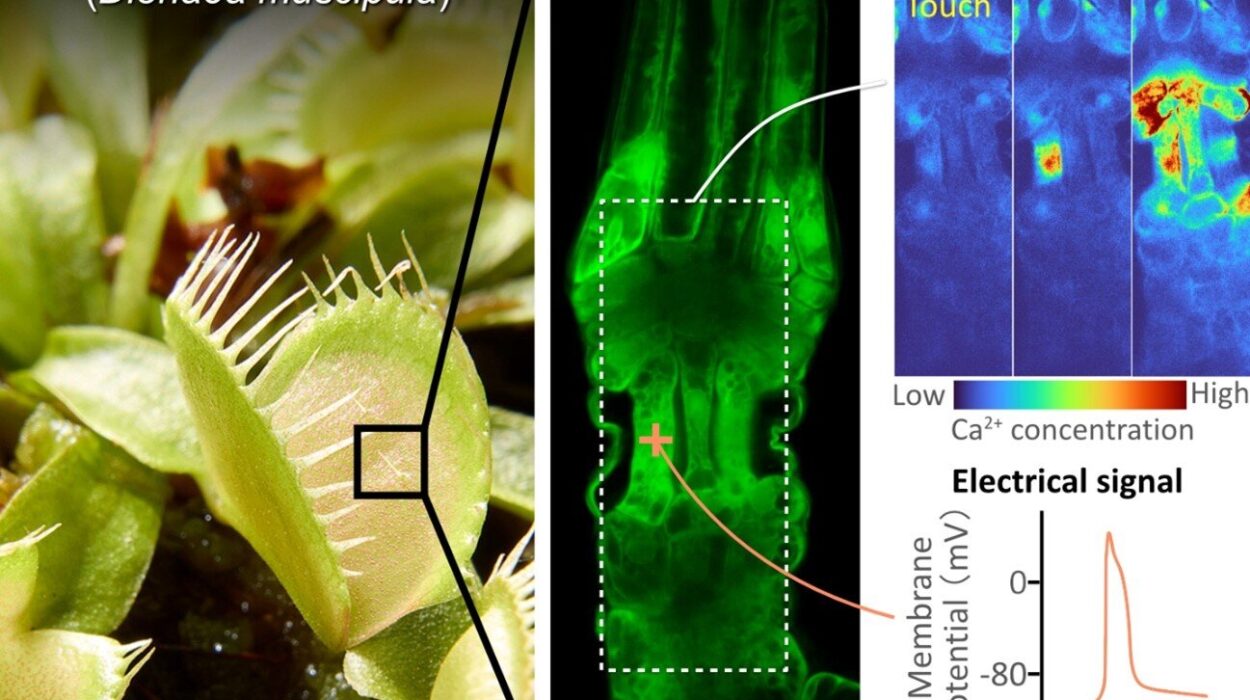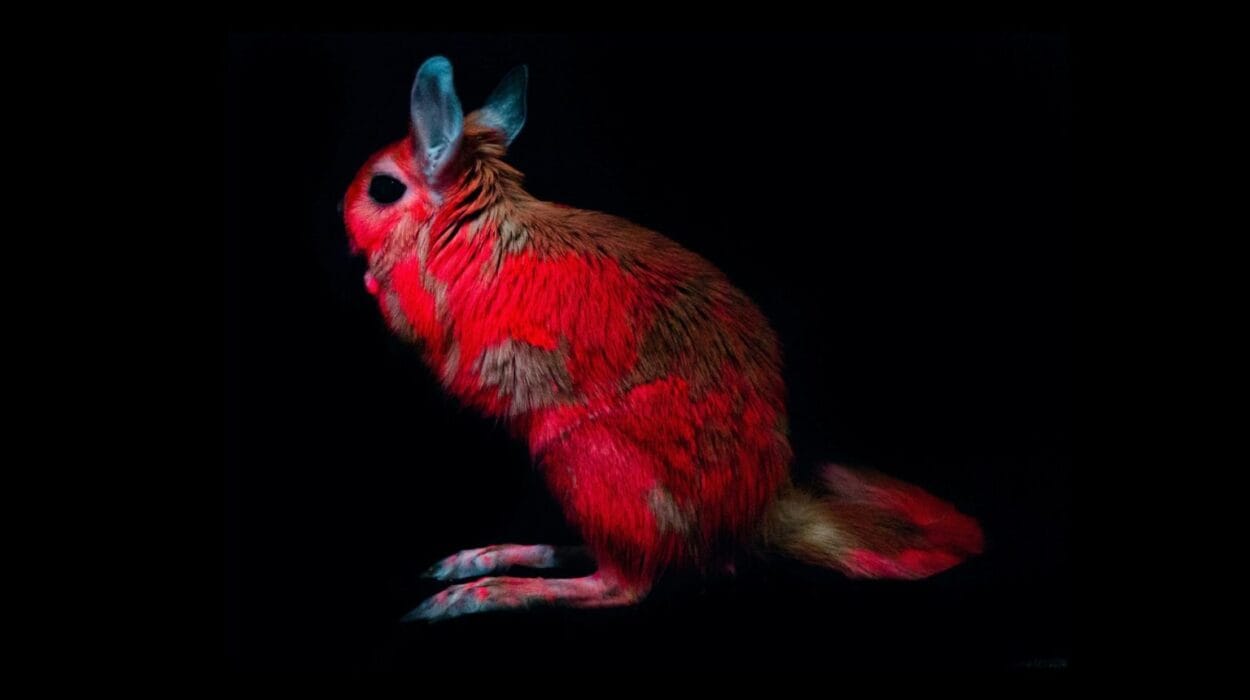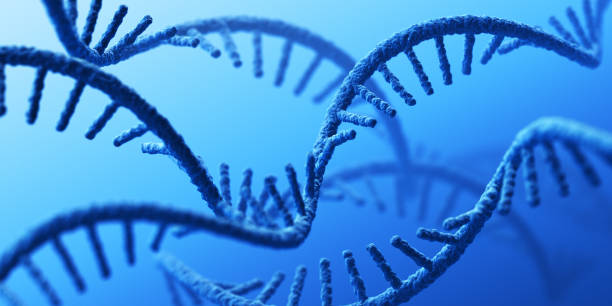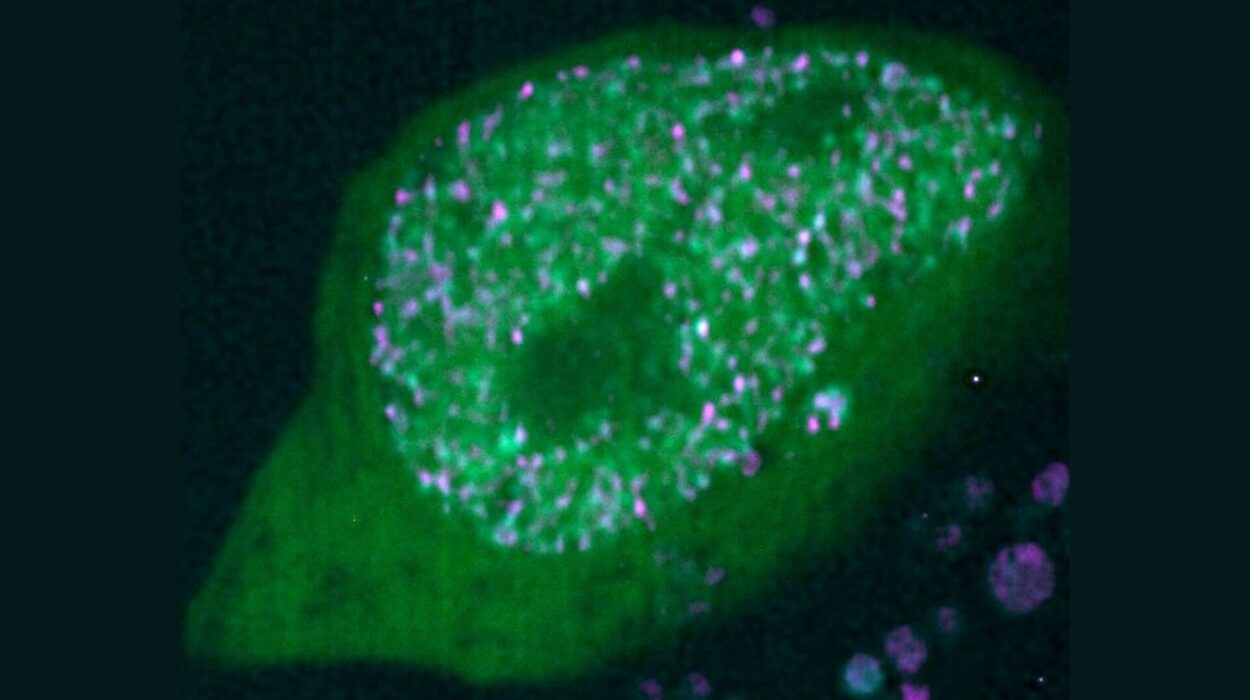Buried deep in the layers of Earth’s crust, entombed in silent stone, lies a record of life older than memory, older than language, older even than humanity itself. These relics—fossils—are not just remnants of long-dead organisms. They are pages from a chronicle written by time, the Earth’s autobiography. They whisper truths we can barely grasp, telling us of creatures that once breathed, fought, birthed, and died in worlds now vanished beneath our feet.
For centuries, fossils were shrouded in mystery. Ancient cultures believed them to be the bones of giants or the remains of dragons. To early naturalists, they were curiosities—oddball anomalies that didn’t fit with the tidy understanding of a static, unchanging world. But then came a new idea, revolutionary and terrifying in its implications: perhaps life changes. Perhaps species are not fixed creations, but constantly evolving entities shaped by their environment, by time, by struggle, and by chance.
Charles Darwin gave that idea a name—evolution—and a mechanism—natural selection. Since the 19th century, fossils have stood as one of the strongest supports for this theory. They are the evidence we can touch. They are the snapshots of evolutionary change across the vast, incomprehensible stretch of geological time. And they show us that life, like Earth itself, is not static. It transforms.
The Fossil Record: A Time Machine Made of Bone
Fossils are, quite literally, the preserved remains or traces of ancient life. They can be bones turned to stone, footprints fossilized in mud, insects trapped in amber, or impressions of leaves etched into shale. Most form when organisms are rapidly buried in sediment shortly after death. Over time, the organic material decays, and minerals seep in, gradually replacing the structure with stone. What results is not the organism itself, but its geological echo—a perfect stone replica frozen in time.
This fossilization process is rare. Conditions must be just right: no scavengers, low oxygen, quick burial. The fact that we have any fossils at all is miraculous. That we have millions—more than we can catalogue—is mind-boggling.
When we examine these fossils, we see not chaos but order. Older layers contain simpler organisms. As we move upward through the strata—through time—we find increasingly complex life forms. We see transitions: fish with the beginnings of limbs, reptiles with feathers, ape-like hominins that walk upright. This pattern—gradual change over time—is not random. It is the fingerprint of evolution etched into the stone.
Transitional Fossils: The Bridges Between Worlds
Perhaps no type of fossil speaks more powerfully to evolution than the transitional fossil. These are the so-called “missing links”—although that term is misleading, implying there is a single, magical fossil that connects two distant groups. In reality, evolution is not a chain but a sprawling, branching tree. Transitional fossils don’t link just one species to another; they reveal the intermediate forms, the evolutionary experiments, the steps along the journey from one way of living to another.
Take Tiktaalik, discovered in 2004 in the Canadian Arctic. This 375-million-year-old creature lived during a time when some fish were beginning to explore life on land. Tiktaalik is both fish and something more. It had fins with bones resembling wrists, a neck that could turn, and lungs as well as gills. It’s a vivid snapshot of life in transition, caught between water and land.
Or consider Archaeopteryx, the iconic 150-million-year-old fossil that shows the evolutionary shift from dinosaurs to birds. It had feathers and wings—but also teeth, claws on its wings, and a long bony tail. It is both reptilian and avian, standing at the crossroads of two grand lineages.
These fossils—and many more—are not rare flukes. They are part of a pattern, a progression. Each new discovery adds another tile to the mosaic, making the picture ever clearer. Evolution is not speculation. It’s an observable process, and fossils are the receipts.
Chronology and Consistency: The Dating of the Dead
Skeptics sometimes ask: how do we know how old these fossils are? The answer lies in the science of geological dating. Through techniques like radiometric dating, scientists measure the decay of radioactive isotopes within the surrounding rock to estimate age. For example, uranium-lead dating can be used to determine the age of zircon crystals in volcanic ash layers with extraordinary precision.
What’s remarkable is the consistency. Fossils of certain types always appear in the same relative order no matter where they are found. Trilobites are found in older rocks than dinosaurs, which in turn are older than mammals. Nowhere do you find modern human fossils mixed in with Jurassic dinosaurs. The order is consistent because the process is real. Evolution is not arbitrary. It is directional, shaped by time and environment.
Paleontologists can also use biostratigraphy—the distribution of fossils within rock layers—to cross-reference dates between regions. If two widely separated areas contain the same index fossil—species known to have lived only during a specific time—then those layers are of similar age. This allows scientists to construct a global timeline of life.
Extinction and Radiation: The Turning Points of Evolution
Fossils also document the drama of extinction—the sudden disappearances of entire branches from the tree of life. The fossil record shows that mass extinctions are not rare. There have been at least five major ones, including the end-Permian event 252 million years ago, which wiped out 90% of marine species, and the more famous Cretaceous-Paleogene extinction 66 million years ago that ended the age of dinosaurs.
But these cataclysms are not just endings. They are also beginnings. After each extinction event, the fossil record shows an explosion of new life forms filling the vacated niches. Mammals, once small and nocturnal during the reign of dinosaurs, blossomed into a diversity of forms after the Cretaceous extinction. This adaptive radiation is a key evolutionary mechanism, and fossils let us witness it with our own eyes.
We can see how whales evolved from land-dwelling mammals. Early fossils like Pakicetus had legs and lived near water. Later forms like Ambulocetus were semi-aquatic. Eventually, forms like Basilosaurus had only vestigial hind limbs. Today’s whales retain tiny leg bones buried deep within their bodies—silent witnesses to their ancestry.
Human Evolution: Our Fossil Family Tree
Few areas of science are as emotionally charged or politically contested as human evolution. Yet the fossil evidence here is among the most profound. The story of human evolution is not one of a straight line from ape to man, but a complex, branching saga with many experiments—most of which ended in extinction.
From Australopithecus afarensis (famed “Lucy”) to Homo habilis, Homo erectus, and ultimately to Homo sapiens, the fossil record reveals a gradual trend: increased brain size, refined tool use, more complex behavior. We can see how upright walking evolved before big brains. We can see how early hominins spread out of Africa, giving rise to Neanderthals in Europe and Denisovans in Asia.
Even within our own species, fossils tell of change. Skulls from 30,000 years ago are subtly different from those of today. Evolution didn’t stop with the arrival of Homo sapiens. It continues.
DNA analysis has now confirmed what fossils long suggested: that we share a recent common ancestor with other primates, that we interbred with Neanderthals, and that our genetic diversity is a reflection of ancient migration patterns. Fossils and genetics don’t contradict—they amplify each other.
Patterns in the Stone: Predictability and Testability
A central tenet of science is predictability. If a theory is valid, it should make predictions that can be tested. Evolution does exactly that, and the fossil record complies. Darwin predicted that if his theory was correct, we should find transitional forms in the right geological strata. Time and again, paleontology has delivered.
Before the discovery of early whales with legs, scientists predicted that if whales evolved from land mammals, such forms should exist—and they were found. The same happened with bird evolution, and with early tetrapods.
The fossil record has also predicted where on Earth certain fossils should be found. Because of continental drift and the distribution of ancient ecosystems, scientists have been able to locate fossil beds by reconstructing ancient geography. Fossils confirm not only the theory of evolution but the interconnected history of life and Earth itself.
The Gaps That Shrink
Critics of evolution sometimes point to gaps in the fossil record as evidence against it. But gaps are inevitable. Fossilization is rare. Erosion, plate tectonics, and the passage of time all destroy evidence. Yet despite this, the fossil record is astonishingly rich.
What’s more, the gaps are shrinking. With each passing year, paleontologists unearth new specimens that fill in the blanks. The more we search, the more the evidence aligns. The gaps are not evidence of absence but a challenge to exploration—and it is a challenge scientists have risen to with extraordinary success.
Fossils and the Tree of Life
Imagine a vast tree, its trunk rooted deep in ancient microbial life, its branches spreading wide into every imaginable form—from jellyfish to jaguars, from mosses to humans. This is the tree of life, and fossils are the fallen leaves that let us trace its growth.
The theory of evolution says that all life shares a common ancestor. Fossils help map the branching of this tree. We see how amphibians emerge from fish, how reptiles split off, how birds and mammals diverge. Even animals as different as bats and whales share homologous structures—bone arrangements inherited from a common ancestor.
This is not just about resemblance. It’s about inheritance. Evolution doesn’t build from scratch; it modifies. That’s why birds have wing bones arranged like fingers and whales have pelvis bones. The fossil record is full of such clues—vestiges of evolutionary history encoded in anatomy.
The Emotional Weight of Fossils
Beyond their scientific value, fossils carry emotional gravity. To hold a trilobite in your hand is to touch a life that ended hundreds of millions of years ago. To see the skull of Homo erectus is to gaze into the eyes of a distant ancestor. Fossils collapse time. They remind us that we are not separate from nature but part of its vast, ongoing story.
Fossils challenge our sense of permanence. They tell us that even the mightiest forms—the tyrannosaur, the saber-tooth, the woolly mammoth—are not immune to change. They fell, and something new rose. Life is resilient, but it is also impermanent. Evolution is a story of adaptation, but also of loss.
And in that loss, there is humility. The fossil record reminds us that humanity is young. Our time on Earth is a blink compared to the age of life. But we are the first species to read the record, to understand it, to weep over it, and to preserve it.
Fossils and the Future of Evolution
The story isn’t over. Fossils have shown us where we came from—but they also help us imagine where we might go. Evolution hasn’t stopped. It’s happening now. Microbes are evolving resistance to antibiotics. Species are adapting to climate change—or vanishing. And we, too, are changing. Technology, culture, and biology are entwined in new ways.
Some scientists speculate on the future fossil record. What will remain of us? Will future paleontologists find fossilized cities beneath layers of sediment? Will they puzzle over our bones, our machines, our extinction—or our transformation?
Fossils give us a long view. They remind us that change is inevitable, that survival is not guaranteed, and that our decisions matter. We are not outside evolution—we are participants in it.
In Stone and Spirit
How do fossils support the theory of evolution? In every way imaginable. They confirm the theory’s predictions. They illustrate the transitions. They trace the branching tree. They match the timeline. They expose the past with stunning clarity.
But they do something else, too. They inspire awe. They invite wonder. They connect us to a deeper rhythm of life, where change is constant and survival is earned. In their silence, fossils speak louder than any voice. They say: “We were here. We changed. We endured. What will you do with your time?”
The theory of evolution is not just about genes and skeletons. It is about the passage of life through time, about how everything alive is connected, not just in space but in history. Fossils are the bridges. And to walk among them is to walk through the story of life itself.
